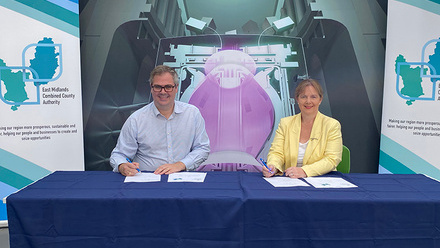Space-orbiting reflectors may boost solar power
Reflectors placed in orbit that reflect sunlight towards future solar power farms at dawn and dusk could help in the transition to net-zero.

The computer simulation, created by Space Engineers from the University of Glasgow, UK, shows 20 reflectors orbiting 1000 kilometres from the Earth’s surface could reflect sunlight to solar farms and potentially generate an extra 728 megawatt-hours of electricity per day.
The reflectors would be gossamer-thin and kilometres-wide, and the model showed them maintaining an orbit on the terminator line (i.e. the boundary where nightfall occurs). This would see solar farms increase the amount of sunlight by an average of two hours daily and help electricity demand after sunset when demands are high.
Dr Onur Çelik, from the University of Glasgow’s James Watt School of Engineering was hopeful for the reflectors adoption and output. ‘The price of solar panels has dropped quickly in recent years, increasing the pace of their adoption and paving the way for the creation of large-scale solar power farms around the world.’ The researchers suggest the energy created would be the equivalent of adding an additional large-scale solar power farm to Earth without the associated cost of construction.
The team’s paper is Open Access and is published in Acta Astronautica.
The research was supported by funding from the European Research Council under the European Union’s Horizon 2020 research and innovation programme (grant agreement No. 883730).
The paper is one of the outputs from SOLSPACE, a University of Glasgow-led research project supported by €2.5m (£2.1m) in funding from the European Research Council.







